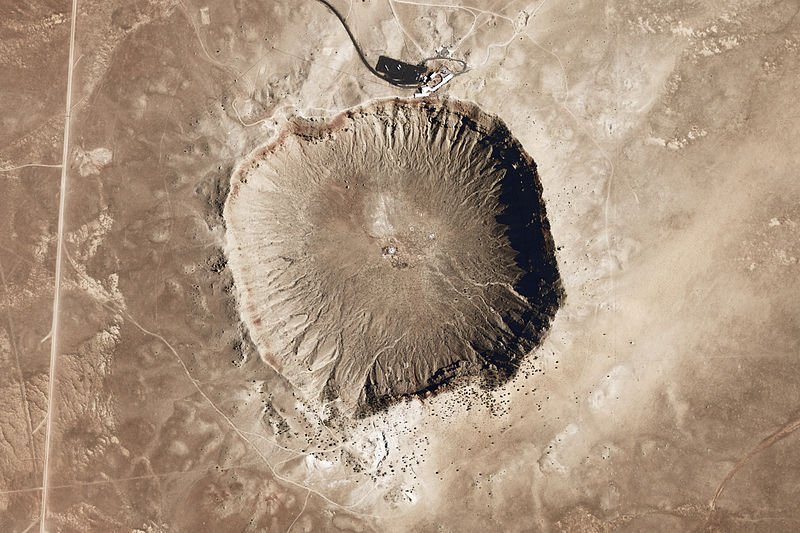
The “Special Topics” presentation six weeks ago on “Lunar and Planetary Impacts” discussed how the Italian astronomer Galileo Galilei noticed craters on the moon the first time he turned his recently-made primitive telescope towards that object. Indeed, almost any kind of optical aid, be this in the form of binoculars or a small telescope, will reveal that the moon’s surface is covered with craters. Although the mechanism that produced those craters was debated for quite some time, as discussed in that presentation it has become quite clear that the lunar craters are overwhelmingly caused by impacts of objects from space.
That being the case, one might accordingly expect Earth to also be covered with impact craters, since with almost 13 times the moon’s surface area it presents a much bigger target. Quite obviously, this is not what we see. One reason, although not the primary one, is that the earth’s atmosphere prevents many of the smaller impacting objects from reaching the surface. As happened during impact events like Tunguska and Chelyabinsk (discussed in the “Special Topics” presentation four weeks ago) the stresses that objects of this size encounter during their passages through the atmosphere often cause them to disintegrate and explode while still several km above the surface. While these airburst explosions may wreak catastrophic consequences for life in the near vicinity – and was indeed demonstrated by the aforementioned events – since there is no actual “impact” onto the surface there is accordingly no crater. The lack of an impact crater at the site of the Tunguska event remained one of the stronger mysteries associated with that event for quite some time.
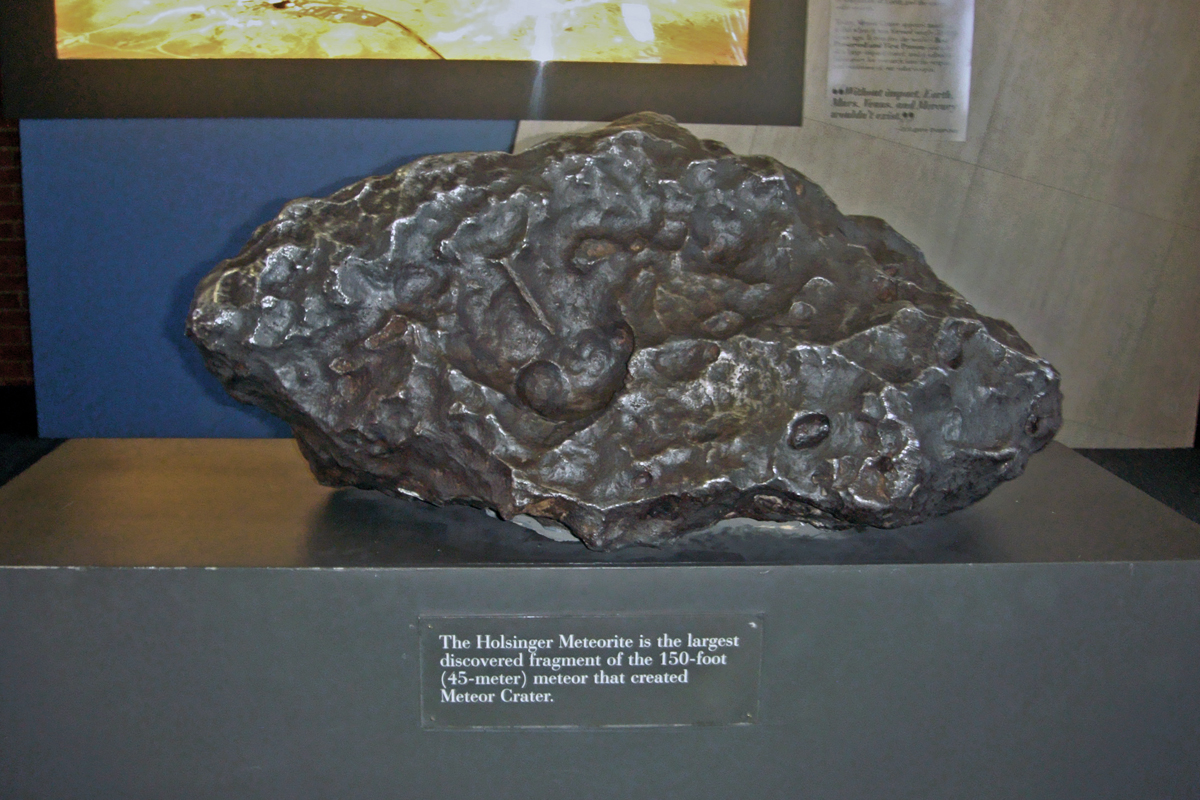
Even with the earth’s atmosphere, larger objects will still nevertheless reach and impact the surface. Since somewhat over 70% of the earth’s surface is covered by ocean water, a similar percentage of impacting objects would impact the oceans, and while this might slow down and prevent some of the smaller objects from impacting the ocean floor, we might still nevertheless expect a non-trivial part of the ocean floor to have impact craters. At the same time we would also expect the land surface area to be substantially covered by craters. Once again, this is not what we see.
The primary reason that Earth’s surface is relatively free of impact craters is that Earth’s surface is geologically active. Due to plate tectonics, the continental plates not only drift upon the earth’s semi-liquid mantle, portions of the crustal plates are often subducted underneath other plates. As a result, the earth’s surface has constantly been re-worked throughout its natural history. Furthermore, weathering processes like wind erosion, water erosion, and glaciation act to erode craters away within geologically short periods of time.

The first impact crater on Earth’s surface to be unequivocally recognized as such is in Arizona near the town of Winslow, and is roughly 1200 meters in diameter and 170 meters deep. Although undoubtedly known to the native peoples who had lived in the area for centuries, the crater was “discovered” by settlers in the 19th Century, and for the most part was believed to be volcanic in origin, especially since a large field of volcanoes lies just over 60 km to the west. Several iron meteorites found in the area led an American mining engineer, Daniel Barringer, to believe that the crater might indeed be due to an impact, and he staked a mining claim to the crater and its vicinity in the hope of drilling down to find the primary parent body. These efforts failed, however, and although Barringer continued to believe that the crater was created by an impact, this remained a minority scientific opinion well into the 20th Century.
Finally, in 1960 American geologist Eugene Shoemaker – then working on his Doctoral thesis – together with geologist Edward Chao identified the mineral coesite – a form of silicon dioxide that can only be formed naturally at very high pressures and temperatures – at the site of the crater. Volcanic activity cannot do this, but the pressures and temperatures generated during an impact can, and thus with this evidence in hand Shoemaker and Chao were able to demonstrate conclusively that the crater was created by the impact of an object from space.

The crater today is primarily known as “Meteor Crater,” although it is more formally known as “Canyon Diablo Crater” or as “Barringer Crater.” Studies have since indicated that it was formed approximately 49,000 years ago, by an iron meteorite perhaps 50 meters in diameter. Although this did leave some of the fragments that were later found within the crater’s vicinity, the bulk of it probably disintegrated upon impact, which would explain Barringer’s failure to find the parent body. Erosion since the time of the impact is believed to have caused the crater’s rim to have lost some 20 meters of height and at the same time to have been filled by roughly 30 meters of sedimentation at its floor, but overall it still retains a distinct “crater” shape.
The effects of erosion are perhaps well demonstrated by a crater of similar age located near Odessa, Texas. The Odessa Crater is roughly 160 meters in diameter and is believed to have been caused by an iron meteorite – numerous fragments of which have been found in the area although, as in the case of the Arizona Meteor Crater, the primary body apparently disintegrated upon impact – that struck roughly 63,500 years ago. Although perhaps 30 meters deep when first formed, it has now filled in to the point where it is only about 5 meters deep at its lowest point, and in all honesty I was hard put to see much of a crater at all when I visited there several years ago.
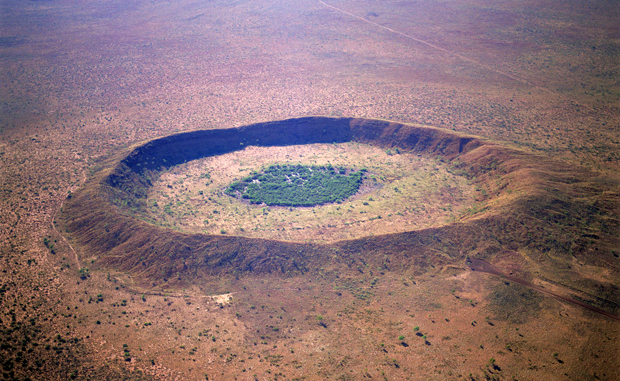
At this time 190 confirmed impact craters have been identified on Earth’s surface, and information about these is provided by the Earth Impact Database (EID) maintained by the Planetary and Space Science Centre at the University of New Brunswick. There are various other features on Earth’s surface that have been, or are, suspected of being impact craters, and there are lists of these as well, including one that has been maintained by the Impact Field Studies Group at the University of Tennessee-Knoxville.
While some of the craters in the EID are easily recognizable as such, others, such as the Odessa Crater, are more subtle. Some of the craters are lakes filled with water, for example, Pingualit Crater – formerly known as Chubb Crater – in northern Quebec. Some of the craters are subterranean, perhaps the best-known example being the Chicxulub Crater off the northern shore of the Yucatan Peninsula in southern Mexico and which is the apparent site of the impact event that produced the K-T extinction (see the “Special Topics” presentation on that topic).
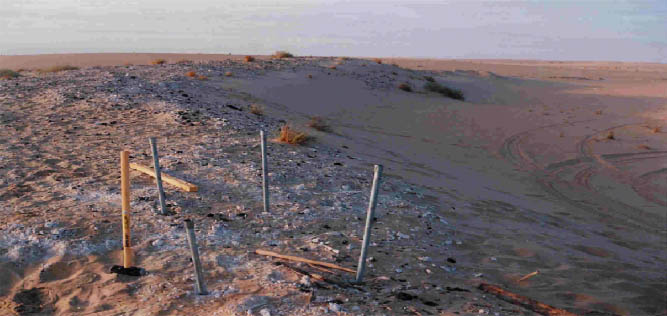
For some of the listings in the EID the word “crater” is a bit of a stretch. In such cases, the actual impact crater itself has long eroded away, but some geological features remain which indicate that an impact had indeed happened there; the more appropriate term here would be “impact structure.” The two oldest “craters” listed in the EID, both of which are a little over two billion years old, are good examples of this: the Vredefort Crater in South Africa – which, with an original diameter of over 300 km, is the largest “crater” listed in the EID – is gone, although a central dome-like structure remains; and the Suavjarvi Crater in Russia which, with an estimated original diameter of 16 km, is much smaller, while a 3-km-wide lake remains near its center. There is some evidence that Lake Mistassini in Quebec may be the remnant of an impact crater, although it has not been confirmed as such; with a diameter of some 600 km and an estimated age of a little over two billion years it would rank as one of the largest and oldest craters on Earth if it can be verified as such.
A handful of craters listed in the EID appear to have ages of less than 10,000 years, i.e., within the span of human history. The Kaali craters in Estonia, the Henbury craters in Australia’s Northern Territory, and the Campo del Cielo crater field in Argentina – which has produced two of the largest meteorites found on Earth’s surface, as discussed in a previous “Special Topics” presentation – all date from approximately 4000 years ago, and events described within the stories of the indigenous peoples in these areas can possibly be interpreted as referring to the actual impacts. The Wabar Craters in southeastern Saudi Arabia may even be younger; while some evidence suggests the craters are a few thousand years old, other evidence – including the fact that, in the sandy desert, they have filled in substantially since they were “discovered” in 1932 (the largest crater being 12.5 meters deep then and only two meters deep in 1994) – suggests a much younger age, only about 250 years at most. A bright fireball reportedly seen from Riyadh in the mid- to late-19th Century – the year has been reported as either 1863 or 1891 – and heading southeast is roughly consistent with this.
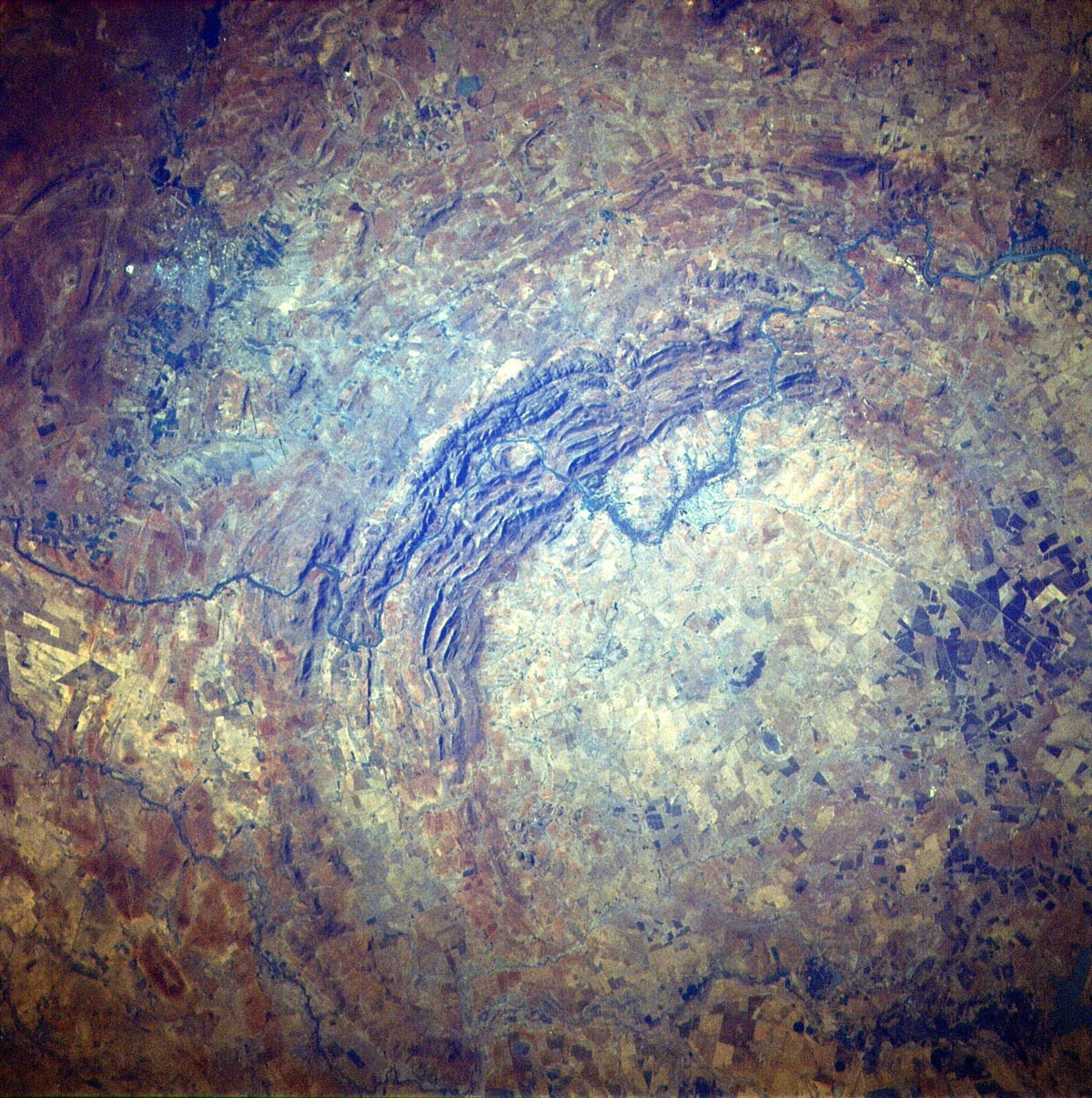
It is entirely conceivable that future impacts could produce craters on Earth’s surface, although as discussed above and in other “Special Topics” presentations all the relatively recent events have resulted in airburst explosions a few km above the ground, with blast effects and, at most, some meteorite fragments affecting the surface. The ultimate goal of the comprehensive survey programs discussed in last week’s “Special Topics” presentation is, of course, to prevent – or at least mitigate – such occurrences by identifying potentially impacting objects ahead of time.
More from Week 31:
This Week in History Comet of the Week Free PDF Download Glossary
Ice and Stone 2020 Home Page


